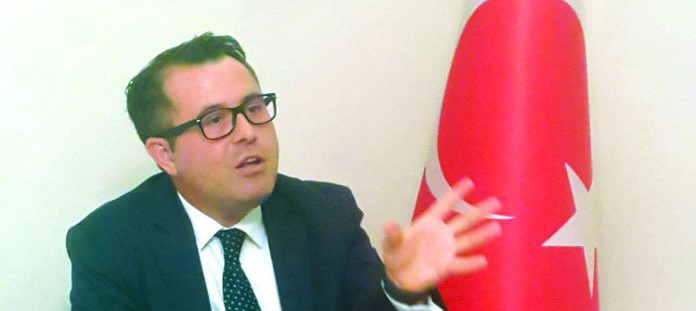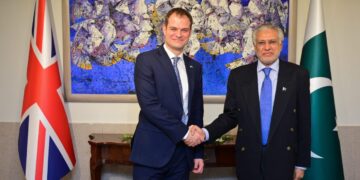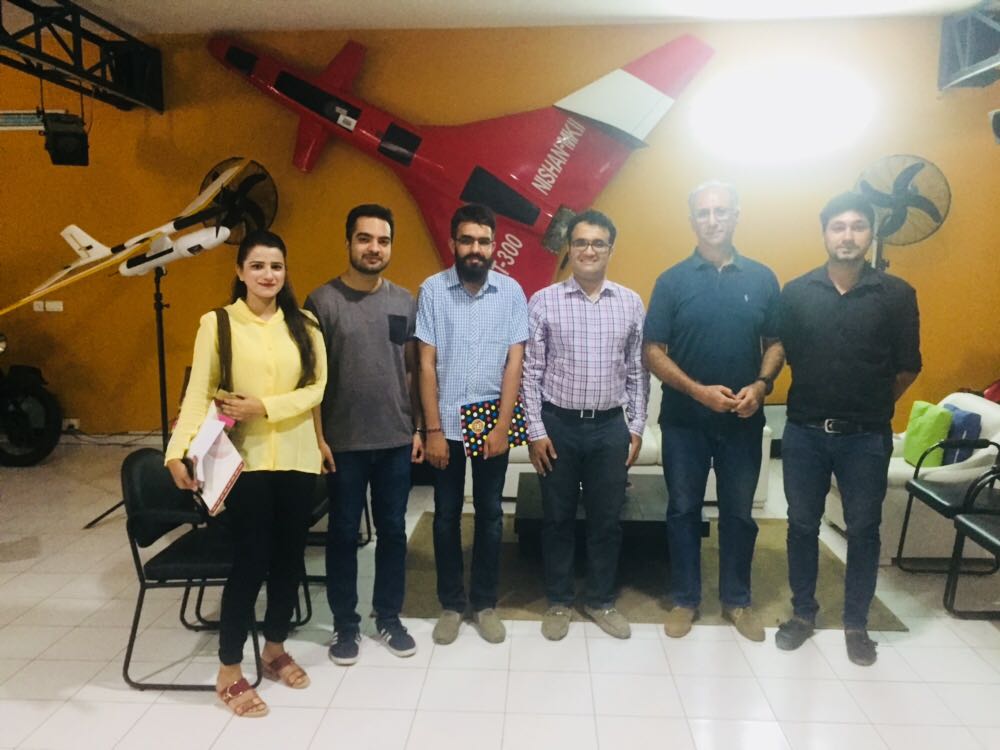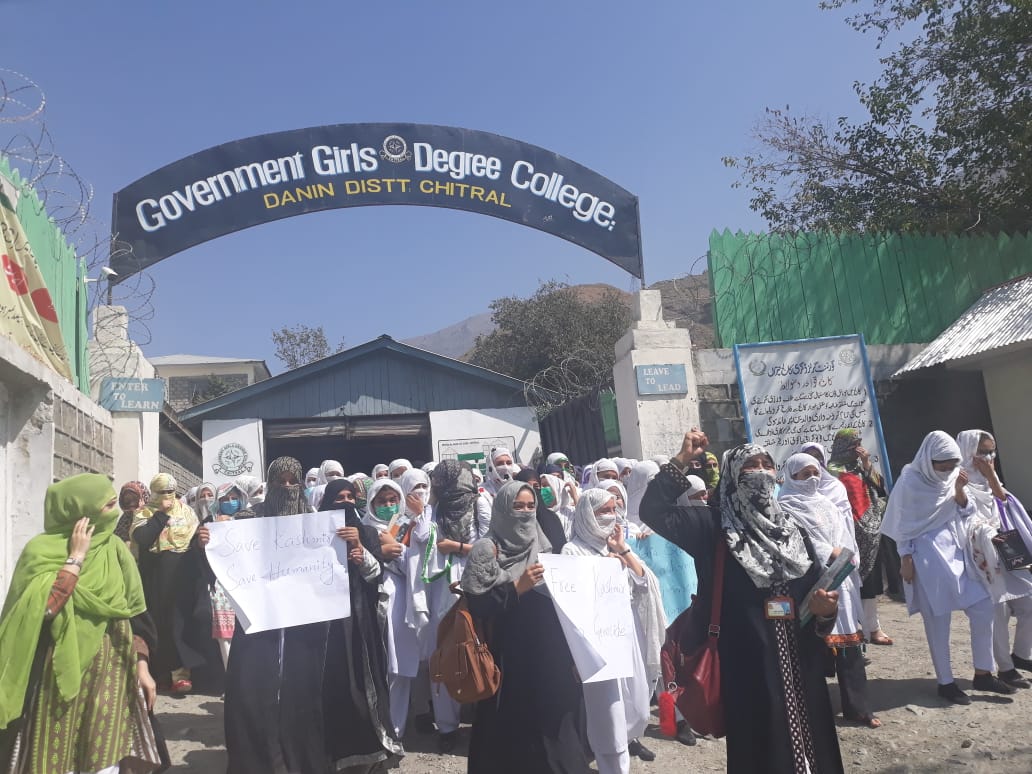Turkey is observing 2nd anniversary of failed coup on July 15, 2018, to commemorate the sacrifices of the Turkish people who foiled the coup. On July 15, 2016, the Turkish military launched a coup against the Turkish President Recep Tayyab Erdogan, but the masses of the country came on roads, streets, fought against the military and foiled the coup against their favorite leader. The popularity of Erdogan can be imagined well from his victory in Presidential elections again with a thumping majority.
The Consul General of Turkey Tolga Ucak gave a briefing to the selected journalists in Karachi on Friday afternoon at his residence. He also showed videos of military tanks running on roads in Turkey, crushing the people during coup. But the coup ended in failure when the masses of the country came on roads and resisted it. Fetullah Gulen was behind the coup. Gulen and his like-minded people penetrated in the army, police and launched a coup to oust the Turkish President Erdogan on July 15, 2016, but the supporters of the President of Turkey foiled the nefarious motives of the coup-planners and the executors, he said.


The Consul General of Turkey also showed different videos of thundering guns and direct firing on the people of Turkey by the coup forces that killed several civilians and injured many others. The hair-raising videos indicate the brutalities of the coup-makers on the people of Turkey.
The Consul-General also shared with media representatives a paper titled “Fetullah Gulen and FETO” – History, organizational structure and deeds of a clandestine crime syndicate that gives adequate information about Gulen and his network. The foundations of the FETO were laid by Fetullah Gulen in 1966 in Izmir. In the early 1970s Gulen and an inner circle of friends established the core cadre for the organization. They exploited religious themes and concentrated their activities particularly on students and other youth groups aged 13 to 18 years.
According to paper, Gulen communicated his views through sermons and speeches recorded and distributed audiocassettes and videotapes. Communal gatherings and particularly summer camps were other methods used to disseminate Gulen’s views on religion to a large group of followers.
By the end of 1970s, Gulen had already become a leader of a distinct and cultish religious group. The organization fed on perception of exclusion among Turkish society’s conservatives, pious section. The perception was that the traditionally secular state had excluded religious people from politics and state institutions. The regime had to be more Islamic, but in the way Gulen understood it. The solution for success advocated by Gulen was to be patient, to portray the movement as a benevolent civil society organization and gradually infiltrate key state institutions.
Gulen settled in the United States in 1999 after his failed attempt to overthrow the regime on Feb 28, 1997 while his final attempt of July 15, 2016, was also failed by the people of the Turkey.
According to the paper, the close aides of Gulen had visited the United States a few days before the July 15, 2016, coup that indicates the Americans involvement in the failed coup.
The Turkish government’s efforts to eliminate the threat of coup were intensified three years ahead of last coup of July 15, 2016, that eradicated the controlling power of the FETO in most of the state institutions.
The international structure of the FETO is based on this patter: European continent – Western European Imam; Balkans Imam and former Eastern Bloc Countries Imam. The structure in Americas is the USA-Canada Imam and South America Imam. Asian continent: Turkic Republics Imam; Far East Imam and former Soviet Republics Imam while African continent structure consists of African Imam and Australian continent system survives on Australian Imam.
The Consul General of Turkey at Karachi Tolga Ucak said that Turkey was negotiating with different countries in the world to eliminate the Gulen network that aimed at creating instability and bloodshed in Turkey.

















